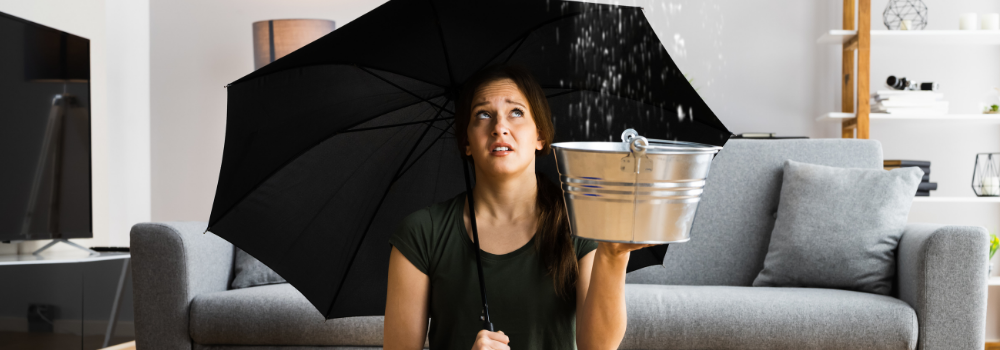
How to Find the Source of a Water Leak
The idea of coming home to find waterlogged floors and an undetermined leak is enough to make anyone cringe. The good news is, with a little education, you can act quickly and stop the flooding in its tracks, saving you months of headaches and repairs. Water damage can become a huge problem rather quickly. We’ve compiled a few of the most common culprits in your home that can become faulty and leak water. Follow along and you’ll be prepared to stop the problem before it even has a chance to begin!
Water supply lines
A popular source of water damage originates not in the home itself, but buried underground. Your water supply lines run underneath your home and connect to a water meter. Since it’s difficult to visually detect leaks in these lines, it’s often an overlooked source. If you look closely, however, you may be able to see overly moist soil along the lines. This could be the sign of a burst pipe. In addition, take a look at your monthly water bill. Is the amount consistently higher than usual? The water supply line could be damaged, resulting in too much water flow and leakage. If any of this sounds familiar, be sure to contact a licensed plumber to investigate.
Rain or melted snow on the roof
Have you noticed it’s raining a lot lately or the snow has started to melt? That’s a perfect time to do a thorough check of your roof to ensure no leaks are detected. As you know, water that sits for periods of time can produce mold. Having water leaks and mold near electrical wiring is less than ideal and can be downright dangerous. Inspections every couple of years will give you peace of mind and save you from costly repairs. In between inspections, take a few minutes to inspect yourself. Keep your eyes peeled for missing shingles, loose debris and damage to gutters. It’s also worth a trip to your attic to ensure you see no water stains or drips.
Drain beneath your floors
Drains are another potential source we often overlook. When pipes drain beneath the floor or behind your walls, how do you detect leaks? These types of leaks can often be slow and over time, but just as damaging if not remedied. One tell tale sign is pooling water around your sink or surrounding area. Another easy way to tell is ceiling damage. If you have upstairs bathrooms that are the source of the leak, you’ll likely see damage on the ceilings in the floor below. If this is the case, call a plumber right away to take a closer look.
Malfunctioning appliances
Make a habit of checking over appliances such as washing machines and dishwashers to ensure no drips are hidden from view. Move the appliance to see if you notice any leaks around the foundation or where hoses are inserted into the appliance. If you notice anything out of character, contact your appliance manufacturer or an appliance repair contractor right away to give you more information on how to proceed.
